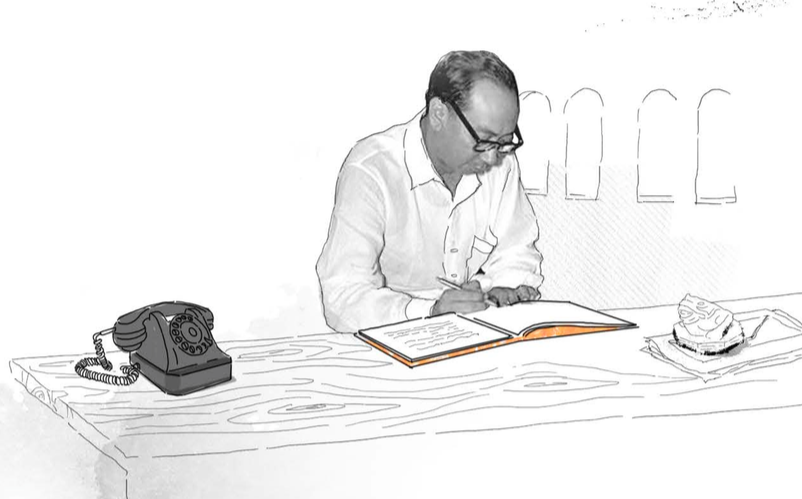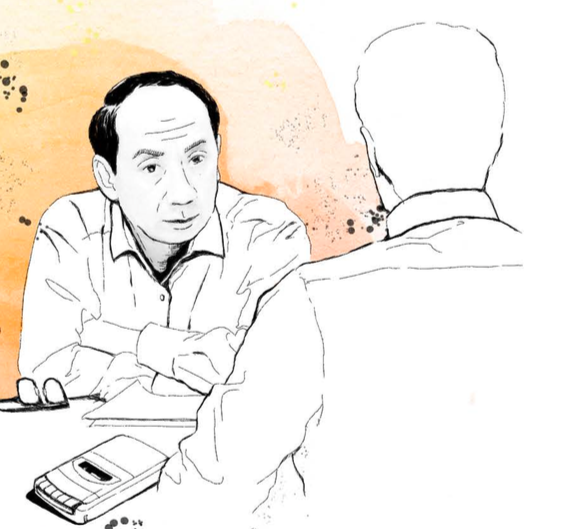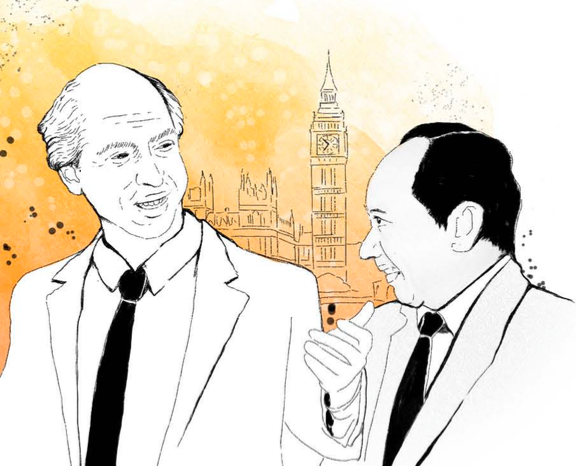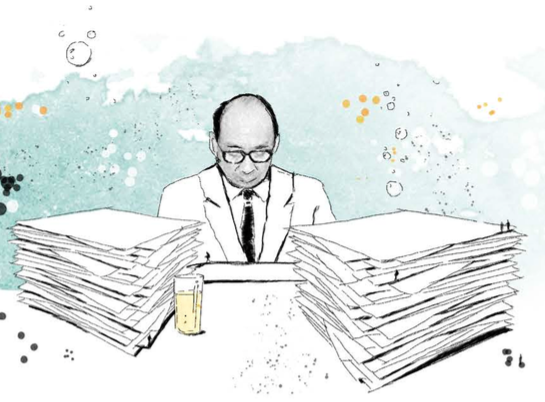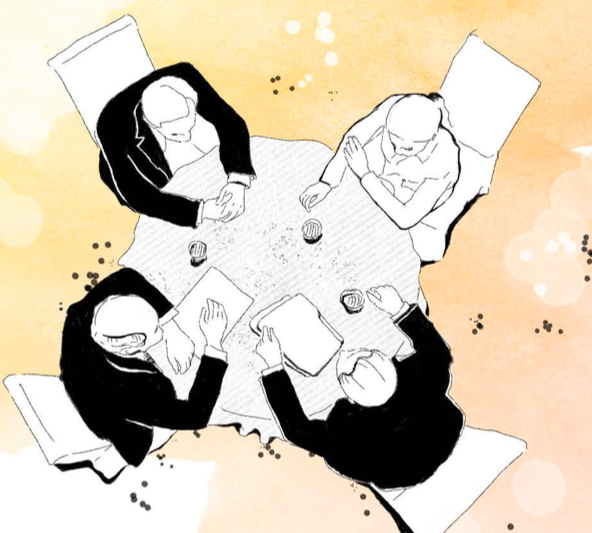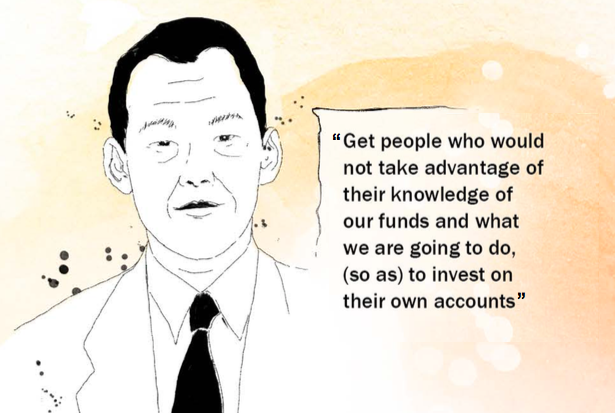It’s not without reason that the late Dr Goh Keng Swee was often referred by many as the “economic architect” of Singapore.
He led the finance ministry – twice, chaired the Monetary Authority of Singapore (MAS) and created the Government of Singapore Investment Corporation (GIC) within just seven months.
It’s certainly not easy to condense Goh’s illustrious career into an article. But like what he once said: “The only way to avoid making mistakes is not to do anything. And that … will be the ultimate mistake.”
Thus, here’s an article on how the events that Goh orchestrated shaped our economy – with the help of GIC’s new e-book of course.
1. His unusual appointment as MAS chief
Besides helming the Ministry of Finance on two occasions (1959 to 1965, 1967 to 1970), he was the Monetary Authority of Singapore (MAS) chief from 1980 to 1985.
His appointment as MAS chief was an anomaly as the MAS Act stipulated that the chairman had to be the Finance Minister at that time. Goh was Education Minister and also First Deputy Prime Minister, having relinquished his finance ministry portfolio to Hon Sui Sen in 1970.
Founding Prime Minister Lee Kuan Yew stepped in and it was gazetted that Goh “shall with effect from 1 August 1980 be charged with the responsibility of the portfolio of the Minister for Finance insofar as such responsibility relates to the MAS Act and the Currency Act”.
Goh reviewed the monetary policy and reexamined MAS’ approach to supervision of the financial system.
2. The hours of meeting with his former tutor
Goh, newly appointed chairman of MAS, travelled to Europe to meet bankers to seek investment advice and thoughts on the structure of the investment department of MAS.
One of them was Sir Claus Moser, Goh’s former London School of Economics tutor and then Rothschild Bank deputy chairman. Throughout the years, Goh maintained intermittent contact with the man who left academia to serve as Chief Statistician of Britain, serving three Prime Ministers, before he joined Rothschild in 1976.
During the several-hours long meeting, Rothschild’s head of fixed income and currency Richard Katz suggested that another body separate from MAS should be formed for long-term investments as central banking and asset management required “different types of persons”.
The formation of a Singaporean investment company slowly built up in Goh’s mind: an organisation separate from MAS that is responsible for long-term equity investments of Singapore’s reserves.
3. The reorganisation of MAS
Goh’s reputation as a fixer probably led to his appointment as MAS chief. One of his responsibilities then was to “review the objectives, functions, organisations and operations of MAS and Board of Commissioners of Currency, Singapore”.
He tasked a team from the Management Services of the Finance Ministry to investigate and focus on how “MAS’ investment expertise could be improved”.
Four months later, the team recommended that MAS should concentrate on two areas: develop Singapore as a financial centre and invest the reserves. However, despite their best efforts, the report missed out on a separate organisation to manage the reserves – something that Goh brought home with him after the Rothschild meeting.
4. Arranged that legendary meeting between Rothschild and LKY
Despite being just 30 minutes – brief for a meeting of that magnitude – that meeting between the Rothschild team and founding Prime Minister Lee Kuan Yew was epic stuff.
Perhaps the Rothschild team – made up of Claus Moser, Richard Katz and Kate Mortimer – thought that if they survived the prior interview chaired by Goh Keng Swee, where Moser was treated fairly but with “no sign of friendship”, the subsequent meeting with Lee should be nothing more than just a formality.
Boy, were they wrong.
Moser recalled that Lee “demolished (him) with one question” - on his lack of experience in investments. He then turned to Katz with the aim of prying Rothschild’s client list out of him. When Katz appeared reluctant, Lee said he could get the answer himself “in just five minutes with just one phone call”. Eventually, Katz provided a breakdown of clients by regions.
The results of the 30-minute interview? It left the team “sweating” and “shaken”, though they agreed that Lee, whom Moser described as a “Prime Minister of a power and directness which (they) had never experienced, had been fair and civil.” More importantly, they were appointed for a six-month trial period.
5. Arrowed LKY to be the first chairman of GIC
And then the “arrow game” began.
Goh wanted Lee to be chairman because that would signal that the country’s reserves were so crucial that the Prime Minister had to oversee himself.
But Lee wasn’t keen to have this additional responsibility. Goh drew his trump card: the head of government had to bear responsibility for the deposition of reserves.
And that concluded the story of how even the head of the government could also be arrowed.
Info and illustrations from Safeguarding the Future – The Story Of How Singapore Has Managed Its Reserves And The Founding Of GIC. Download the e-book here.
*This post is brought to you in collaboration with GIC.
If you like what you read, follow us on Facebook, Instagram, Twitter and Telegram to get the latest updates.
